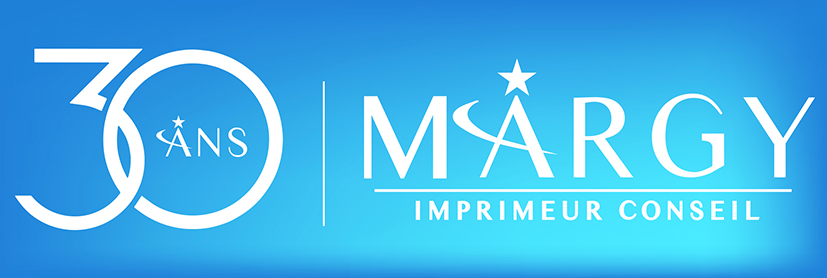After a number of lean years, the print publishing market is picking up again, much to the relief of the industry. After plummeting internationally from $165 billion to $145 billion between 2011 and 2014, print publishing is now growing again. This trend is also being followed in France.
For a long time, it was thought that digital would supplant paper publishing, and a few years of decline vindicated the doomsayers who predicted the end of the book. Against all expectations, 2015 saw this trend reversed. A reversal due to consumer habits.
Publishing in France grew by 2% in 2015
Book readers love paper. They have an almost visceral attachment to it. Touching and feeling it is part of their reading ritual. Digital technology is becoming a complementary rather than a substitute for paper. In 2016, the e-book is no longer a threat to books; the two media now coexist. Readers are moving back and forth between the two. This is also true of trade magazines and print advertising.
In terms of figures, this change in the market is reflected in the traditional book sector in France, where turnover rose by 2% in 2015, while digital book sales are marking time. While 35% of Americans consume digital books, compared with 10% of the French, e-book sales fell by 12.7% for the first time in 2015 in the United States.
Digital versus paper: the book war will not happen
This coexistence can also be seen in the trade press. Circulation of corporate and institutional magazines is growing every year. At Havas, the corporate newspaper sector is growing by 10% a year, despite the cost of publication.
In the age of social networking, these newspapers continue to attract readers thanks to the quality of their content and the reliability of their information, whereas the content conveyed by intranet is considered cold and impersonal.
An otherness has been established between these two universes, which we thought were doomed to oppose each other. Of course, it is impossible to think of the development of the paper publishing sector in isolation from the Internet, but all communication campaigns now take into account the credibility accorded to traditional media.
The trustworthiness of paper never dethroned
Studies show that paper advertising attracts more attention than its digital equivalents (92% for advertising mail compared with 83% for email). Despite all the innovations deployed by programmatic advertising, the paper flyer continues to find favour in the eyes of readers, who refer to it before surfing the sites it advertises.
The same applies to digital advertising as to information disseminated via intranet or social networks, or to reading an e-book compared to reading a book. Paper supports digital media. Paper publishing is constantly reinventing itself. Whatever its field of application, it holds its own against the digital medium, benefiting from an emotional capital and trust that has never been equalled by the internet. There’s a saying that goes: “words fly away, but the written word remains”. Paper publishing has taken the digital medium at its word.
Other articles :
 01 44 52 02 02
01 44 52 02 02
